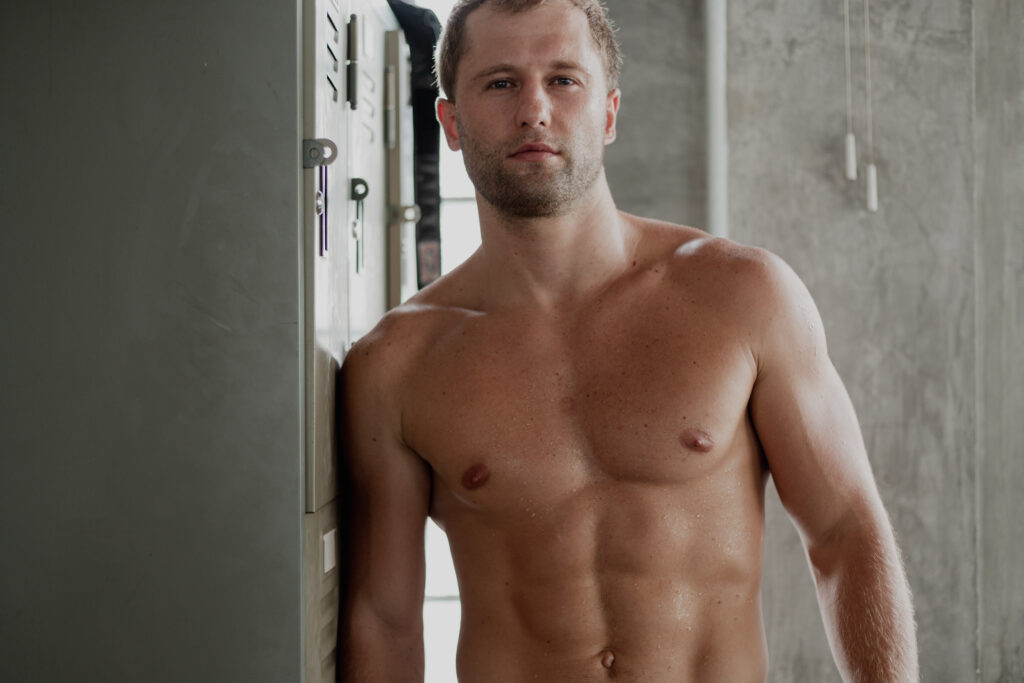The abdominal muscles, often referred to as the “abs”, are composed of several muscle groups. When people talk about achieving a “six-pack,” they’re primarily referring to the rectus abdominis, which runs vertically down the front of the abdomen. This muscle is divided into sections, and for most people, the lower sections are the most challenging to define.
The primary reason the lower abs are harder to sculpt and reveal is because of the way our bodies store fat. For many individuals, the lower abdomen is a common area for fat accumulation. Even when the upper abs become visible, the lower abs might remain hidden due to a thin layer of fat. This is influenced by a combination of genetics, hormones, and lifestyle factors.
Additionally, while there are exercises targeting the lower abs, many common abdominal exercises emphasize the upper portion of the rectus abdominis. To effectively work the lower abs, one must incorporate exercises specifically designed for that region, like leg raises or reverse crunches.
Diet is another crucial component. To reveal any part of the abs, body fat percentage needs to be relatively low. This means that even if you’re building the abdominal muscles underneath, a layer of fat might still obscure them. For most men, a body fat percentage of around 10% or lower is often needed to reveal the full six-pack, while for women it’s typically around 20% due to natural differences in fat distribution.
The lower abs are generally the most challenging to get defined and visible due to the way our bodies store fat in that region and the need for targeted exercises and a strict diet to unveil them. Achieving a full six-pack requires a combination of dedicated exercise, a well-balanced diet, and, for many, patience and perseverance.

